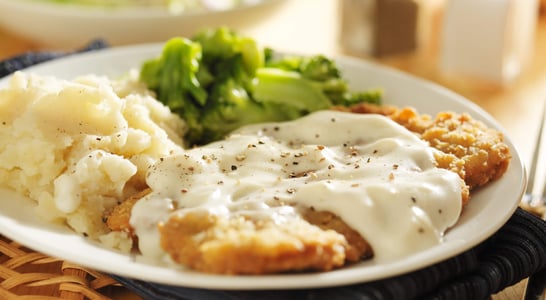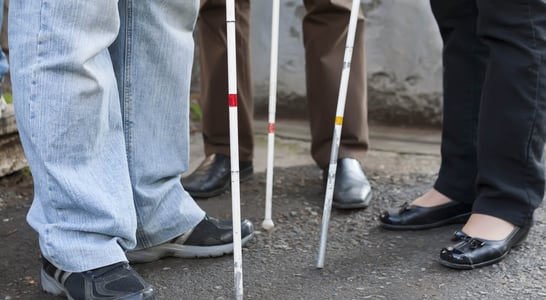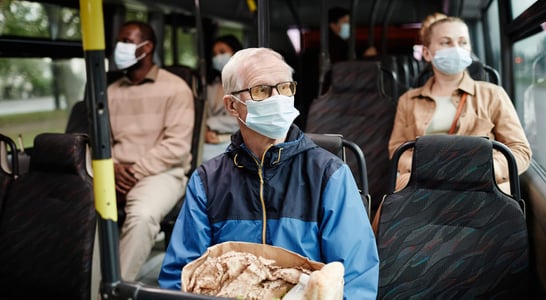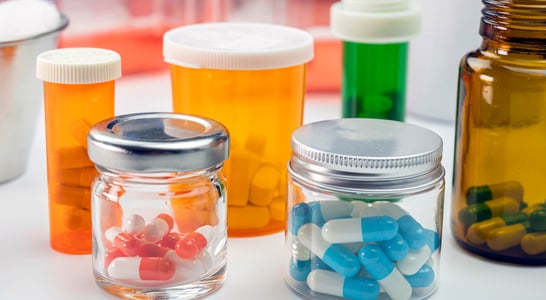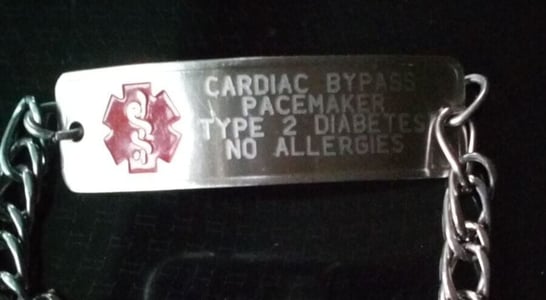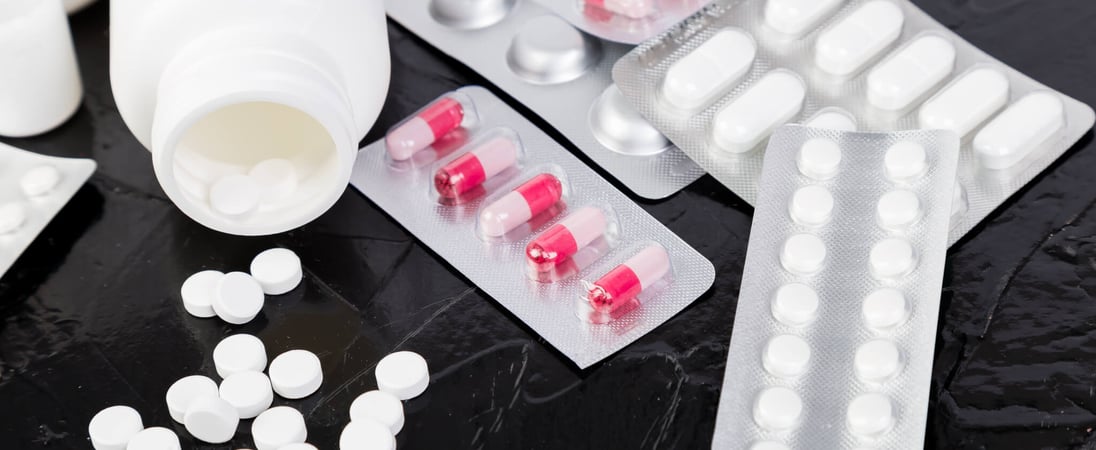
National Prescription Drug Take Back Day
Ensuring safety by responsibly disposing of expired prescription drugs for a healthier and secure community environment.
Drug overdose is a clear and present threat to individual safety, public health and even national security. Misuse of prescription drugs by young people as well as confusion by elderly people are both serious issues.
As part of the commitment to preventing abuse of opioids and other prescription drugs, National Prescription Drug Take Back Day acts as an invitation for anyone to make a difference in the health and safety of their communities and the nation.
How to Celebrate National Prescription Drug Take Back Day
Everyone can act responsibly and do their part by participating in National Prescription Drug Take Back Day with some of these activities:
Take Back Unused Drugs
The most important part of National Prescription Drug Take Back Day is to collect those unused, expired, or old prescription medicines and dispose of them properly. Read labels carefully to find out the best forms of disposal and take the appropriate items into a site specified through the DEA website. This can be done in a safe and anonymous manner, so even those who may have acquired the prescription drugs in an ill-advised way can turn them in without fear.
Those who miss the official collections on this day can check the website for year-round collection centers.
Partner with Take Back Day
Schools, colleges, community groups, non-profit organizations and other activists can get involved and partner with National Prescription Drug Take Back Day. Head to the website to gain access to resources and tools such as downloadable posters, pamphlets, billboards and other materials that can help raise awareness and spread the word about this important event.
Learn More From the Drug Database
Parents, teachers, friends and anyone else who is concerned about a drug can use the DEA website to access key information about tons of different substances through their very large drug index. Look at the drugs alphabetically, perform a search by name or select types of drugs or paraphernalia.
History of National Prescription Drug Take Back Day
National Prescription Drug Take Back Day was started as an initiative of the Drug Enforcement Administration (DEA) that began in 2010. The day comes around two times a year, in the spring and fall, to give people the opportunity to clear out those medicine cabinets and turn in their old, unused or expired prescription medicines.
The first of the two semi-annual National Prescription Drug Take Back Days takes place just a week after the annual celebration of National Clean Out Your Medicine Cabinet Day, which is the perfect timing for cleaning out the medicine cabinet and then taking the remaining leftover or expired prescription drugs to a collection site partnered with the DEA.
The tagline for National Prescription Drug Take Back Day encourages people to get involved: Keep them safe. Clean them out. Take them back.
Also on ...
View all holidaysNational Pumpkin Day
Round and orange, they bring fall to life with their vibrant hue and make for the perfect canvas for all your creative carving ideas.
National Hug A Sheep Day
There's something incredibly heartwarming about embracing these fluffy, gentle creatures, connecting with nature in a most serene and endearing way.
National Chicken Fried Steak Day
Savor the ultimate comfort food that's crispy on the outside and tender on the inside, perfect with creamy mashed potatoes and rich gravy.
We think you may also like...
White Cane Safety Day
The blind and near-blind use a long white cane to feel objects, and to signal to others that they are visually impaired. Help raise safety awareness for them.
National Public Health Week
The well-being of communities — disease prevention, and better living through knowledge and action, towards a healthier world.
National Clean Out Your Medicine Cabinet Day
Tidying up the medicine stash ensures safety, preventing mishaps and creating a healthier environment at home.
Medic Alert Awareness Month
Wearable lifesavers, providing crucial medical information, ensuring prompt care and potentially saving lives during emergencies.


